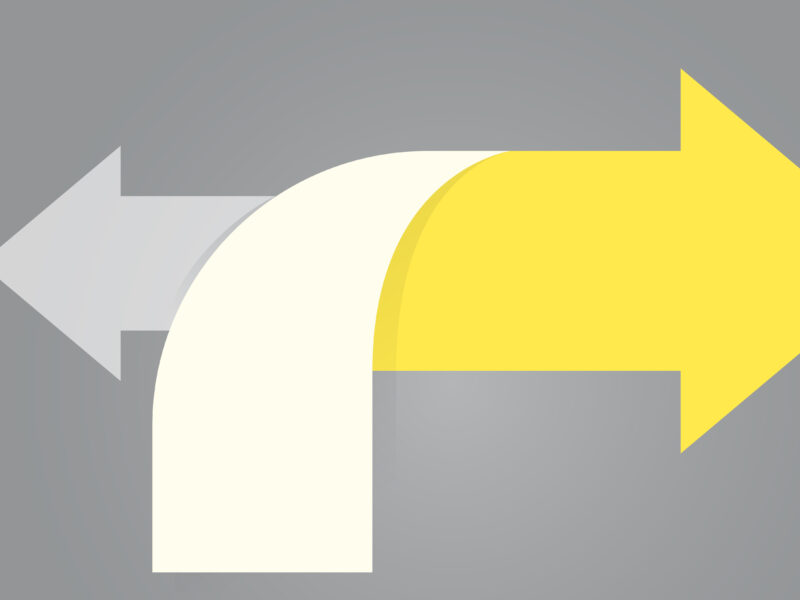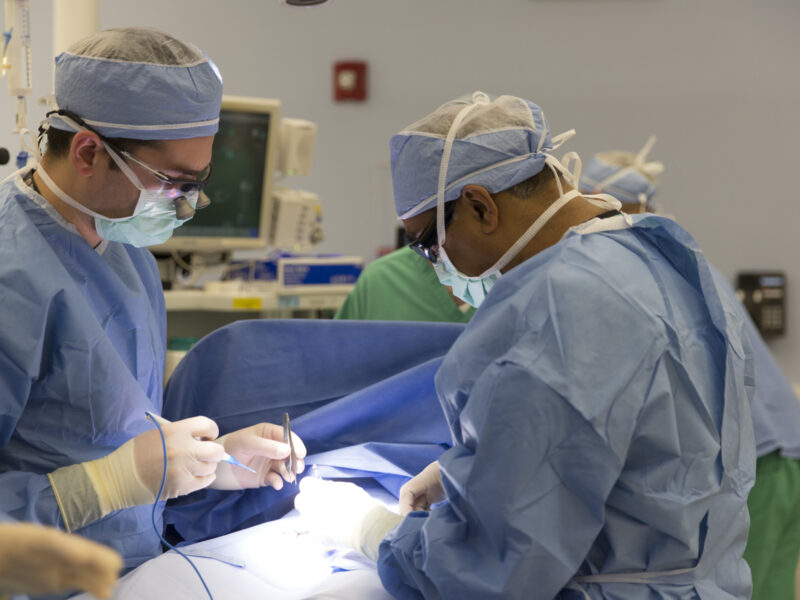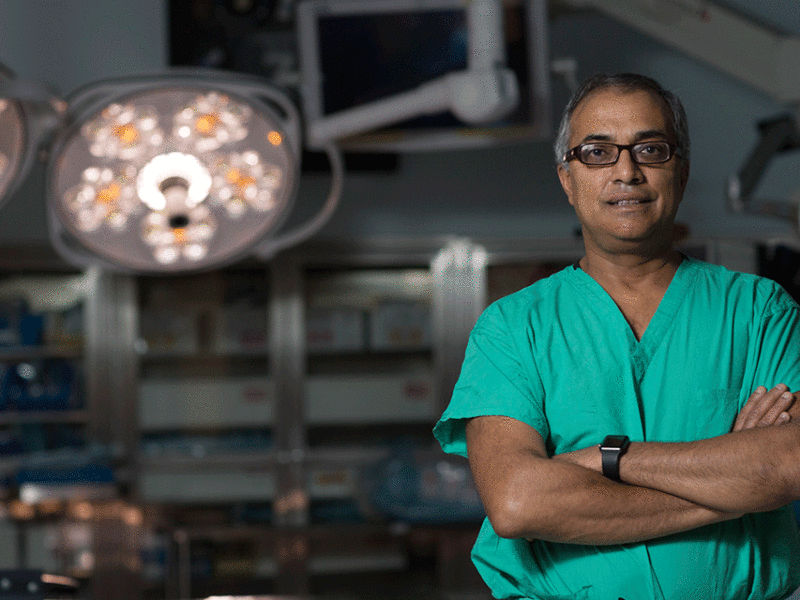5 Things to Know About Vertebral Body Tethering for Scoliosis
5 Things to Know About Vertebral Body Tethering for Scoliosis https://pediatricsnationwide.org/wp-content/themes/corpus/images/empty/thumbnail.jpg 150 150 Allan C. Beebe, MD and Crystal D. Seilhamer, FNP Allan C. Beebe, MD and Crystal D. Seilhamer, FNP https://secure.gravatar.com/avatar/d566866dc988c2fc5c66cb1ee157e9bc?s=96&d=mm&r=g- July 29, 2021
- Allan C. Beebe, MD and Crystal D. Seilhamer, FNP
As the surgical approach to scoliosis grows in popularity, understanding the pros, cons and contraindications becomes increasingly important.
At the Center for Comprehensive Spine Care in the Department of Orthopedics at Nationwide Children’s Hospital, patients and providers are increasingly asking about vertebral body tethering for scoliosis. Traditionally, scoliosis is treated with a variety of modalities used to straighten the spine and prevent the curve from worsening. While bracing is often the first line of treatment in mild curves, surgery can be recommended if the curve is severe or continues to progress.
Surgical options have historically included spinal fusion or the implantation of rods that need to be lengthened as the child grows. Using a tether that is implanted once and continues to improve spine straightening as the child grows is a novel approach that offers improved quality of life for some patients.
Here, we share five of the essential things to know about vertebral body tethering for scoliosis.
How does vertebral body tethering work?
A flexible cord is placed with screws and anchors that are implanted on the side of the spinal curvature. The surgeon applies tension to the cord, partially straightening the spine. The flexible tether allows the spine to have continued motion and flexibility, and with continued growth, the spine can continue to straighten.
Who is the ideal candidate for vertebral body tethering?
The ideal patient has idiopathic scoliosis, is skeletally immature, has a scoliotic curvature measuring 30-65 degrees, and did not tolerate bracing or experienced progression during bracing.
What are contraindications for vertebral body tethering?
Patients who have already had surgery on the area of spine that needs addressed, patients with poor bone quality and patients who are skeletally mature are not candidates for the procedure.
What is the recovery from the procedure like?
Most tethering surgeries take up to four hours. The patient will have several small incisions on one side of the chest, depending on the direction of the spine’s curve. Patients should be prepared to have a chest tube postoperatively because of the anterolateral approach. Recovery after the procedure takes about six weeks, with limits on lifting and high impact activity.
What follow-up is required after vertebral body tethering?
Follow-up visits at two weeks (for dressing removal, X-rays and to discuss activity restrictions), six weeks (to permit increased activity levels as tolerated), three months and six months following surgery are common. The patient will likely be asked to continue to see doctors every six months until skeletal maturity.
Why might a family choose vertebral body tethering over other surgical options?
After vertebral body tethering surgery, the patient’s spine is able to bend and flex where the tether is placed (as compared to a spinal fusion, where mobility of the spine is restricted in the area fused). This promotes more overall flexibility and spine motion. Patients are also able to return to normal activities much sooner and have smaller incisions, typically leading to less scarring.
Learn more about tethering and the Center for Comprehensive Spine Care at Nationwide Children’s Hospital:
About the author
Allan C. Beebe, MD, is director of Pediatric Orthopedic Trauma in the Department of Orthopedic Surgery at Nationwide Children's Hospital and the director of the Center for Comprehensive Spine Care at Nationwide Children's Hospital. Dr. Beebe is also an assistant professor of Orthopedics at The Ohio State University College of Medicine and the assistant program director of the Mount Carmel Residency Training Program. Dr. Beebe received his medical degree from Northwestern University in Chicago, Illinois, and completed a pediatric orthopedic fellowship at the Hospital for Sick Children. Dr. Beebe's primary clinical interests include pediatric orthopedics; scoliosis and spinal deformity; hip, knee and foot issues; pediatric trauma; and sports medicine.
Crystal D. Seilhamer, FNP, is a family nurse practitioner in the Department of Orthopedics at Nationwide Children's Hospital.
-
Crystal D. Seilhamer, FNPhttps://pediatricsnationwide.org/author/crystal-d-seilhamer-fnp/
- Posted In:
- In Brief








